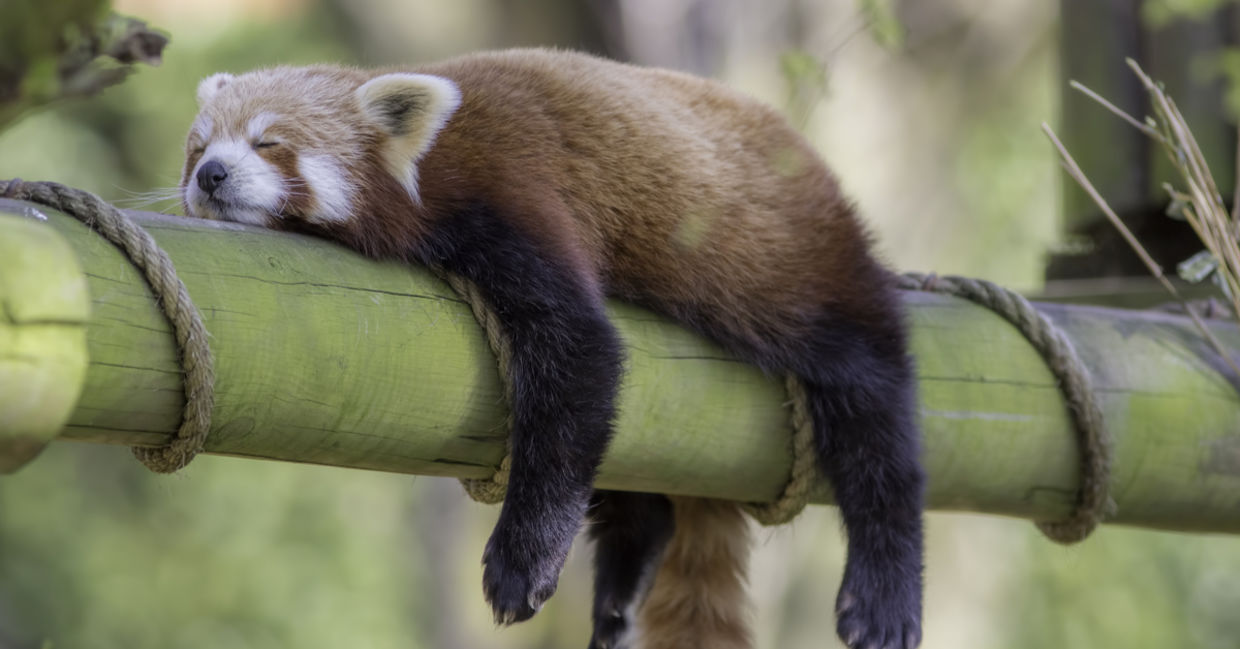
(Ian Dyball /Shutterstock.com)
Everyone needs a good night's sleep or at least a power nap to keep you alert and functioning all day long. People can sleep safe and secure in their own beds. But what's an animal to do if it has to keep away from predators, fly, swim, or even remember how to breathe when it sleeps.
The internet is full of funny or warm and fuzzy animal photos that will make you smile, but nothing beats the unusual, sometimes even bizarre, sleeping habits of these 11 animals.
Giraffes
The world's tallest animals are also one of the most sleep deprived. These majestic creatures only sleep 30 minutes a day at five-minute intervals at a time according to Animal Planet. That's because of the risky neighborhoods they live in. Having to worry about hungry carnivores like lions, and leopards makes sleep problematic but still necessary. So Giraffes take short power naps sitting down and resting their heads on their backs or standing up so that they are always able to run.
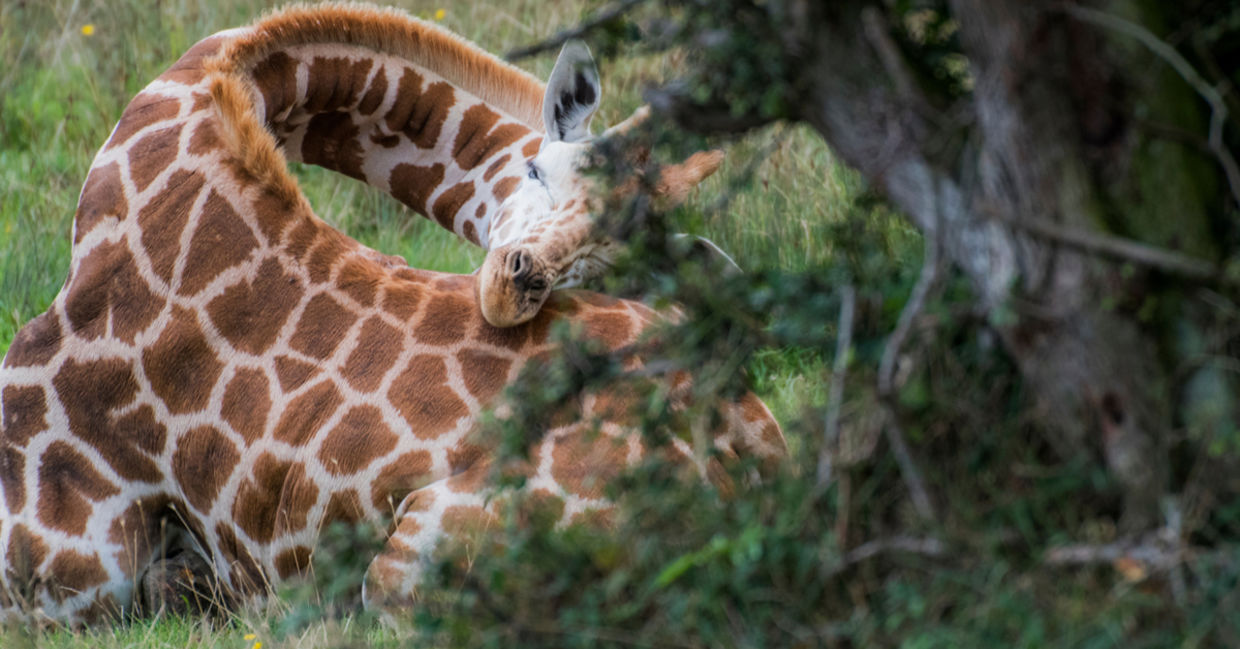
(Jenna Lois Chamberlain / Shutterstock.com)
Ducks
Our feathered waterfowl friends can sleep with one eye open. Ducks sleep in rows (to keep them from floating away) and the ones at the end face away from the group and keep an eye out for danger according to Mental Floss. The inside ducks get to close both eyes knowing that they are being kept safe and sound by the bookends of the raft.
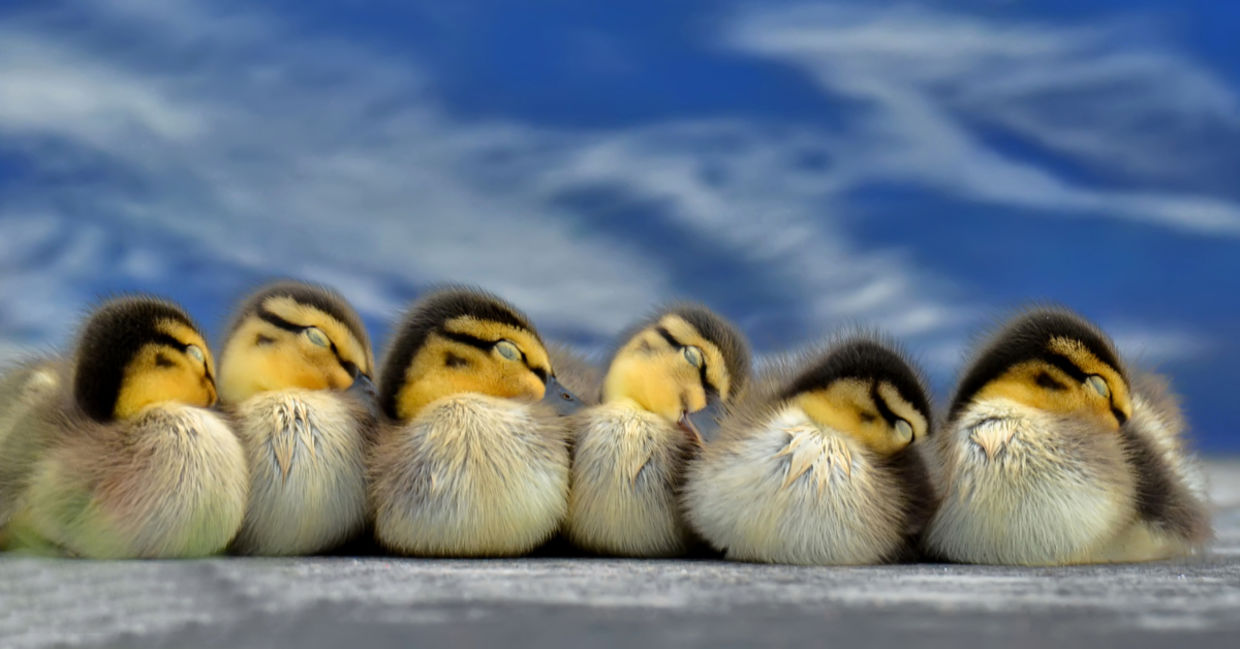
(Irmantas Salasevicius / Shutterstock.com)
Horses
It's true that horses – cows too – sleep standing up. That's because prey animals, the ones other animals like to eat, have a what is called a stay apparatus that is actually an adaption of their musculoskeletal system that enables them to lock their limbs in place. But this is only for light rest. That's because as Insh points out sleeping standing up doesn't allow for deep rem sleep so have to lie down too.
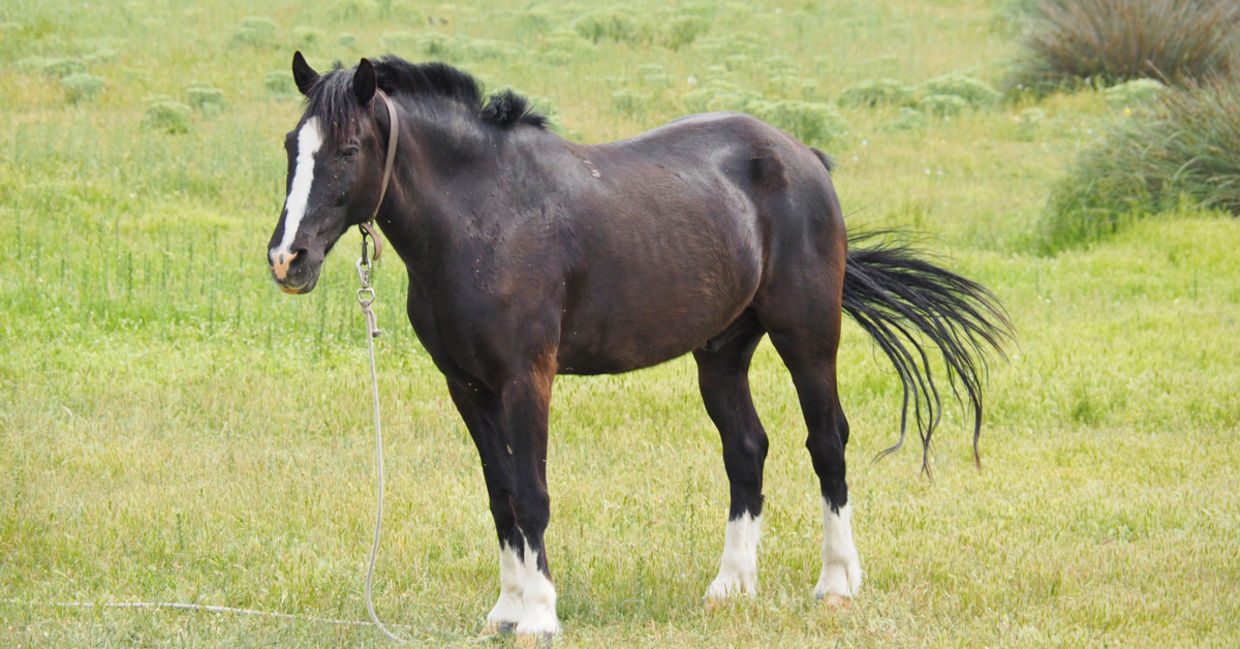
(Xronos / Shutterstock.com)
Dolphins
Unlike people, dolphins have to consciously have to think to breathe, even when they are asleep. Really! To overcome this serious handicap, these sea mammals only shut down half of their brains when they sleep, and they also keep one eye open in a process called unihemispheric sleep. After around two hours, the sides switch so both sides of the brain get to rest. This Animal Planet point out keeps them from drowning and alerts them to any danger. Other mammals that sleep the same way include porpoises and seals.
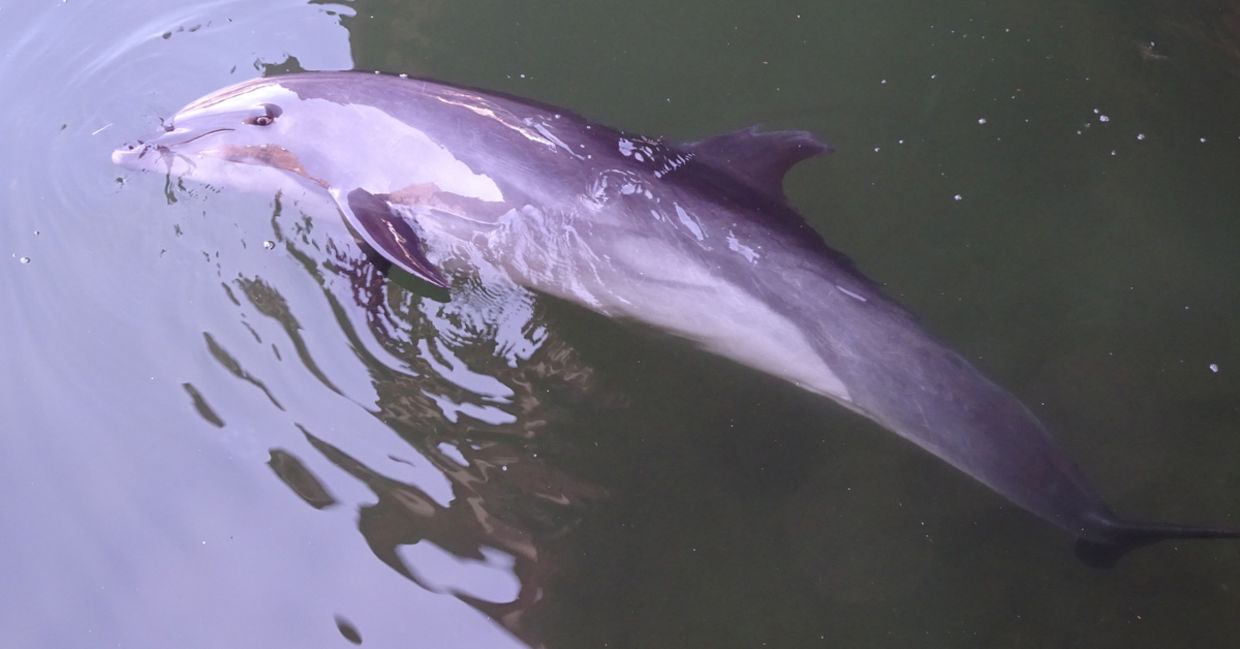
(kazumi miyamoto / Shutterstock.com)
Bears
Bears are the king of hibernators. Their ability to sleep through the long winter is legendary. When bears hibernate, which they do to avoid starvation during the winter, their heart rates slow down, they stop eating, drinking and relieving themselves to conserve energy. Even pregnant mama bears hibernate but they will rouse themselves to do the small act of giving birth, according to Mental Floss, and then the cubs will nurse from their sleeping mom until she wakes up in the spring. That's really paws-off motherhood.
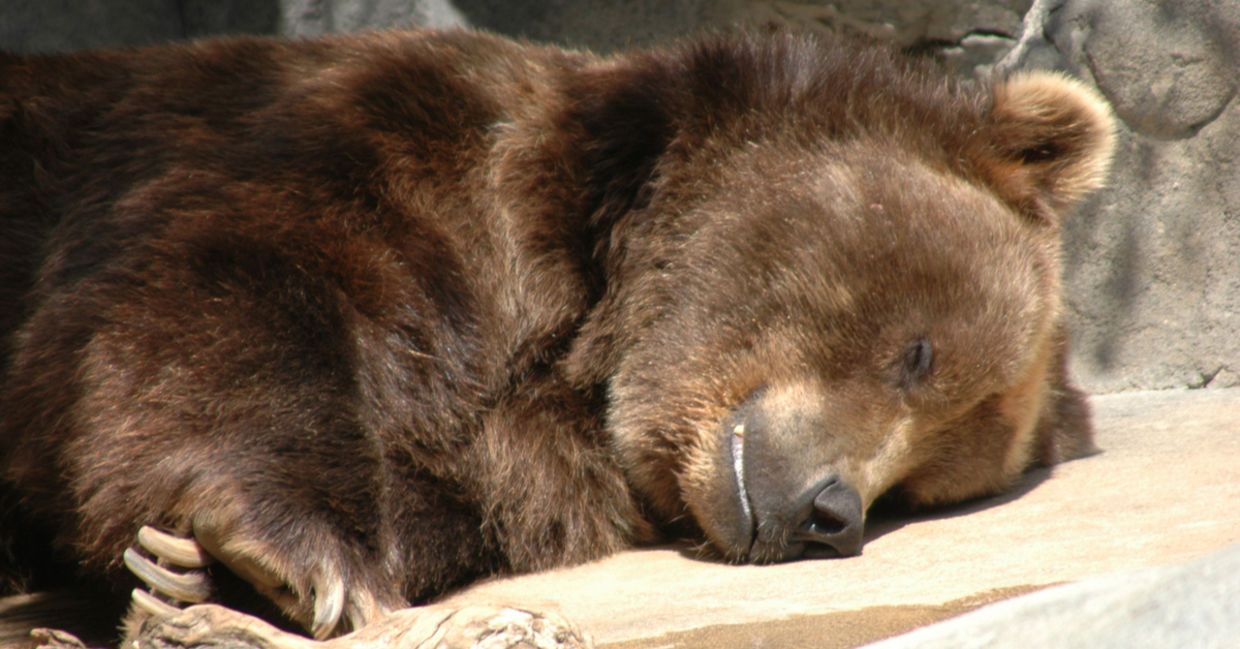
(Lindsay Franklin / Shutterstock.com)
Albatross
This sea bird spends most of its life in the air hunting food so there isn't much time to snooze. That's why they have learned how to multitask by sleeping while flying. You would think this is a tad bit dangerous and that the birds could fly into things. But these birds, writes Insh, actually practice dynamic soaring that allows them to sleep as they ride the wind currents across the oceans.
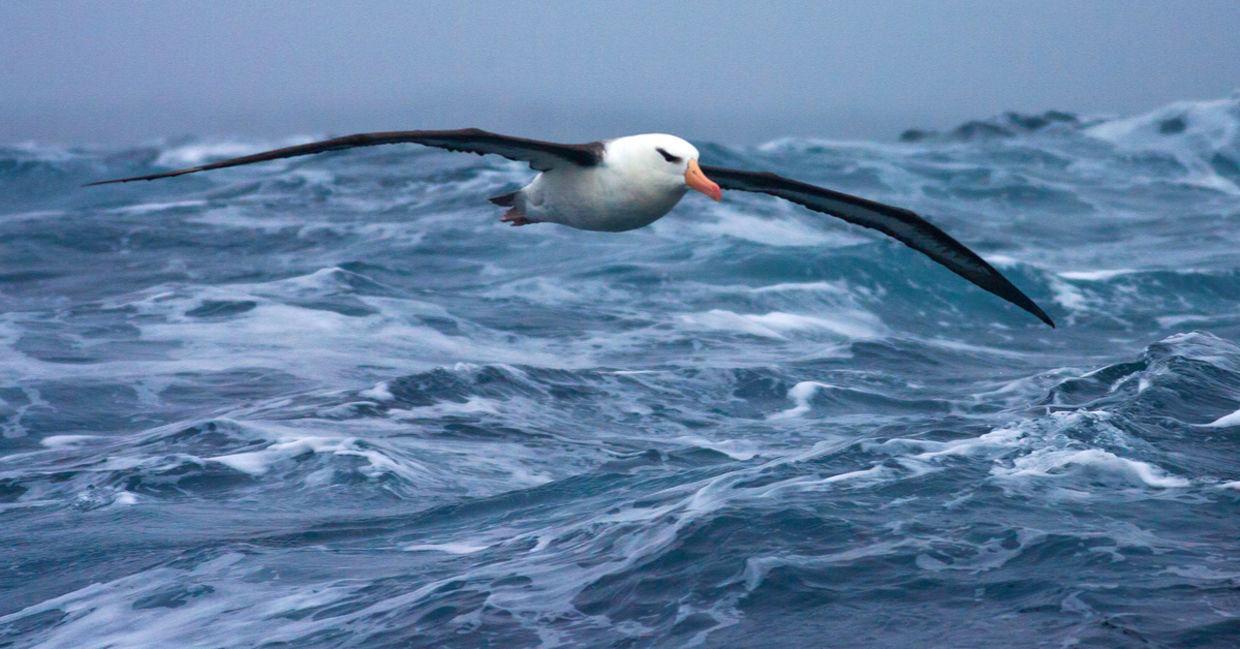
(Agami Photo Agency / Shutterstock.com)
Desert Snails
These slimy creatures that don't actually do much anyway, can sleep for years. Mental Floss wrote: "The British Museum had obtained a specimen [of Egyptian desert snail] for their collection that they believed was dead, but four years later the little guy woke up and went for a crawl."
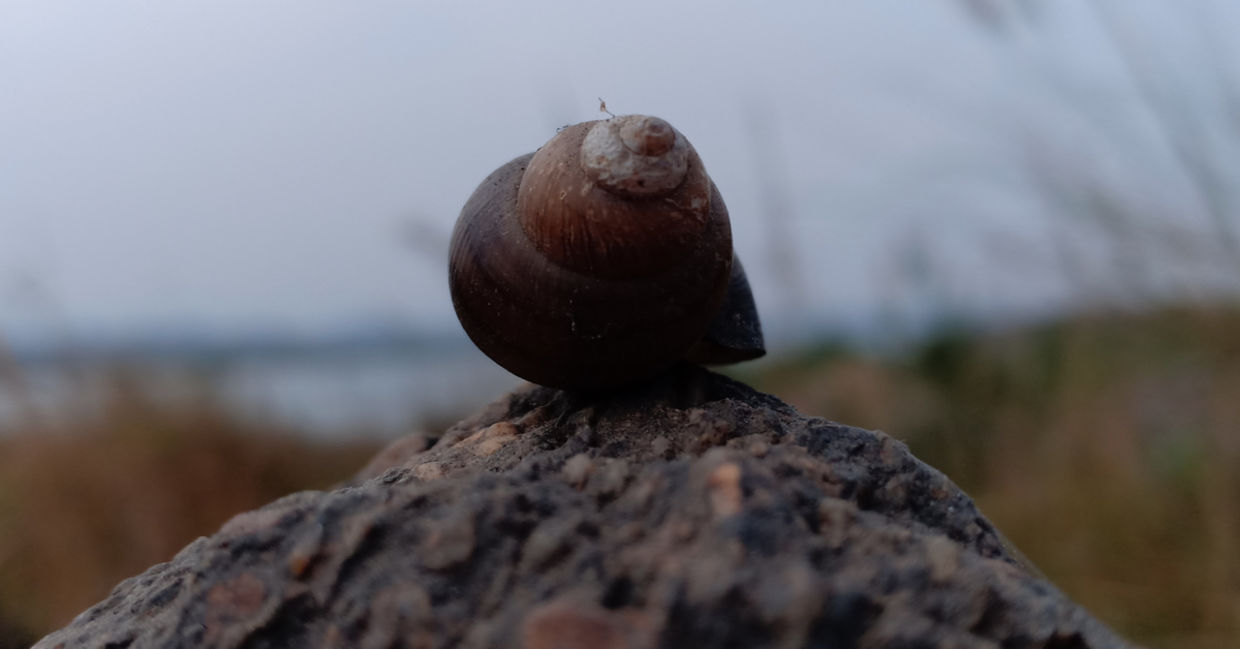
(Mr. Keyboard / Shutterstock.com)
Sea Otters
Sea otters love to play and sleep in the water. This keeps them safe from land-based predators. They wrap themselves with seaweed to stop themselves from literally drifting away as they snooze on their backs. Sometimes they hold hands with other otters to keep them together while they sleep.
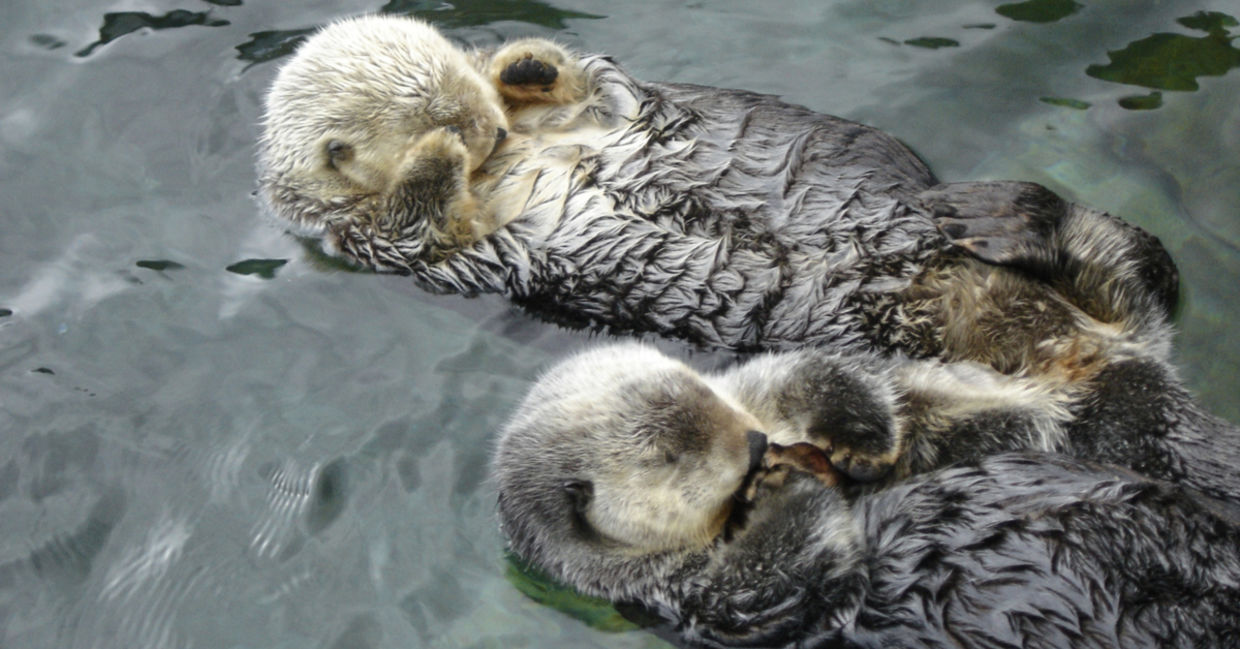
(Ryan Richter / Shutterstock.com)
Bats
These spooky creatures of the night sleep hanging upside down. While it may seem less than ideal to us, it keeps these winged mammals out of harm's way and gives them the ability to fly away if necessary. But don't worry, Animal Planet says that they won't fall down because bats have strong talons that keep them hanging in place.
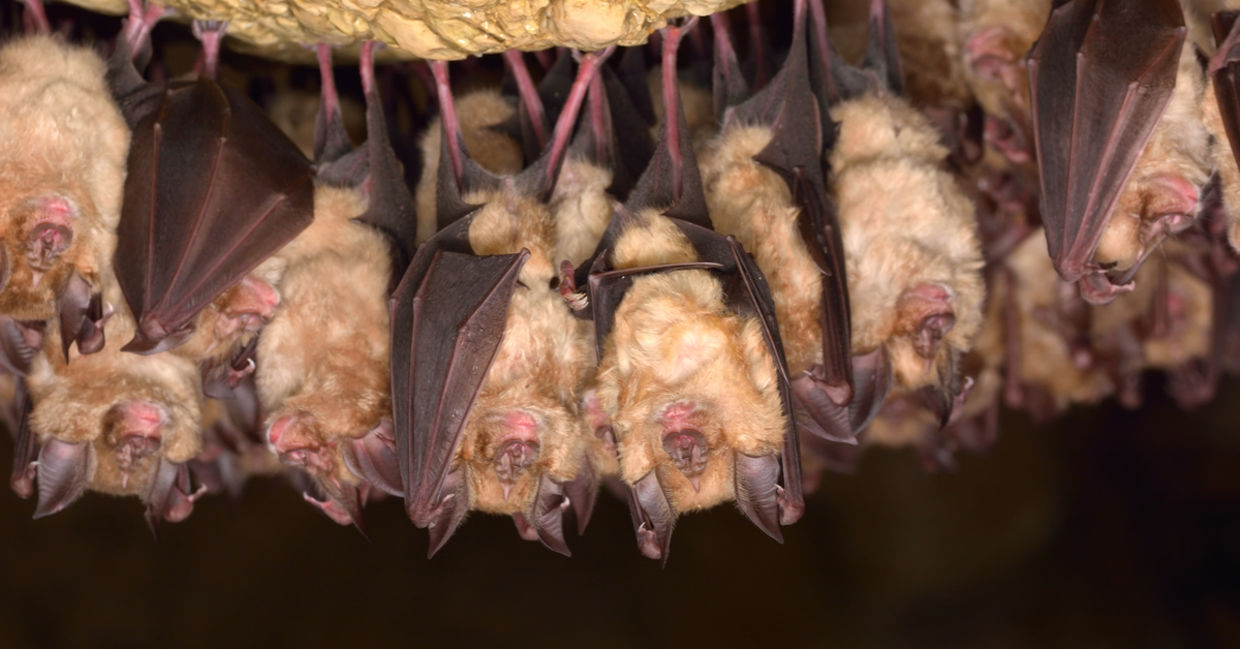
(All-stock-photos / Shutterstock.com)
Meerkats
Meerkats live in communities of up-to 50 or more that are led by both alpha males and females. These cuddly animals sleep in their burrows – complex tunnel systems and sleeping quarters – in heaps protecting the alphas in the middle.
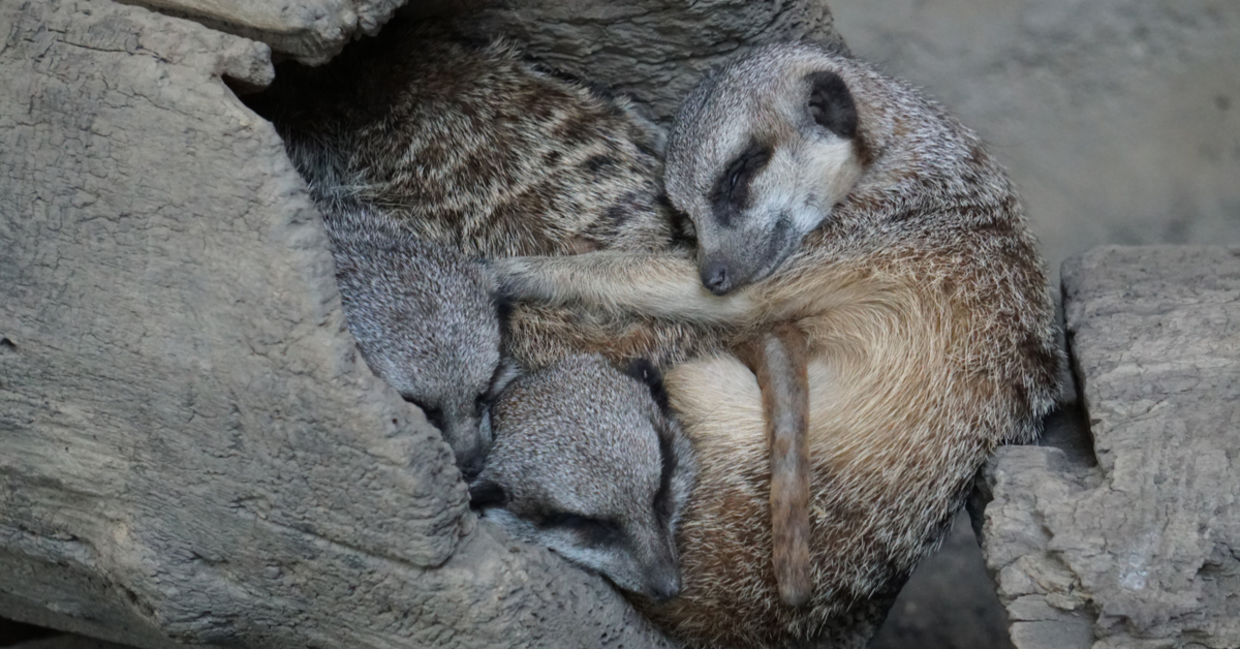
(Adam_Nau37 / Shutterstock.com)
Walruses
These blubbery mammals can sleep wherever they want to; on land and in the water. If they are sleeping in the sea, they remain buoyant and keep their heads at the surface so that they can breathe by filling their pharyngeal pouches – those elastic-like pouches on either side of their heads – with air according to Animal Planet. Another fun fact about walruses is that they can swim for up to 84 hours, no wonder they nap in the water.
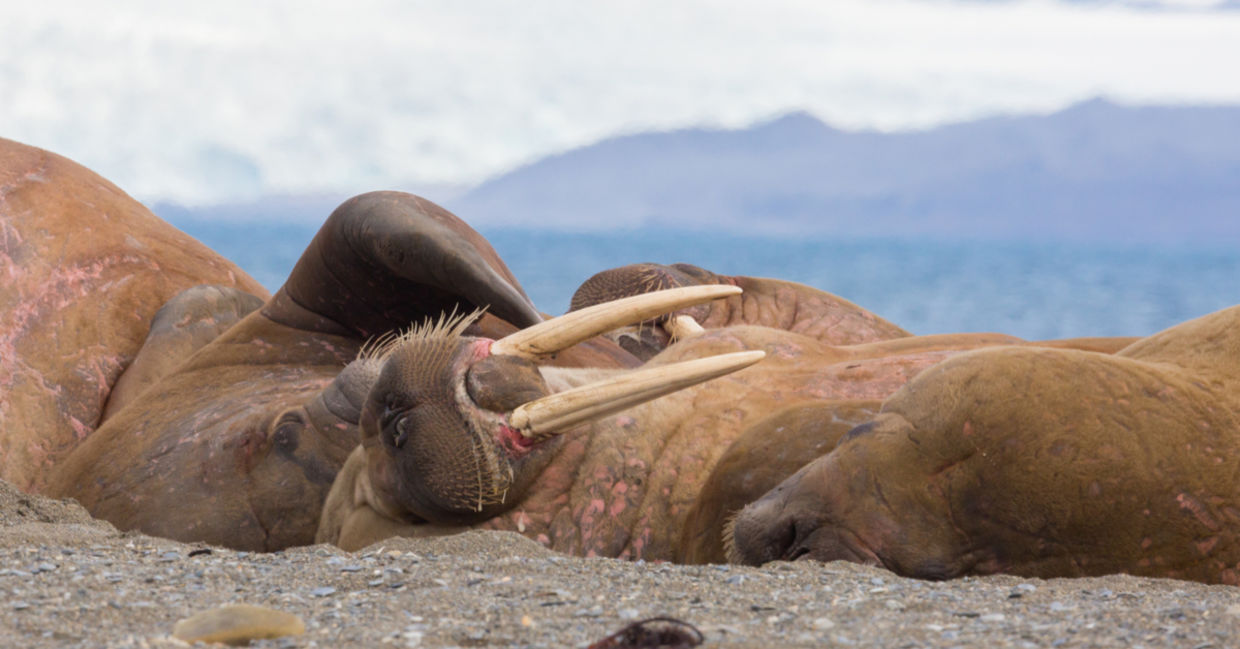
(Pascal Halder / Shutterstock.com)







